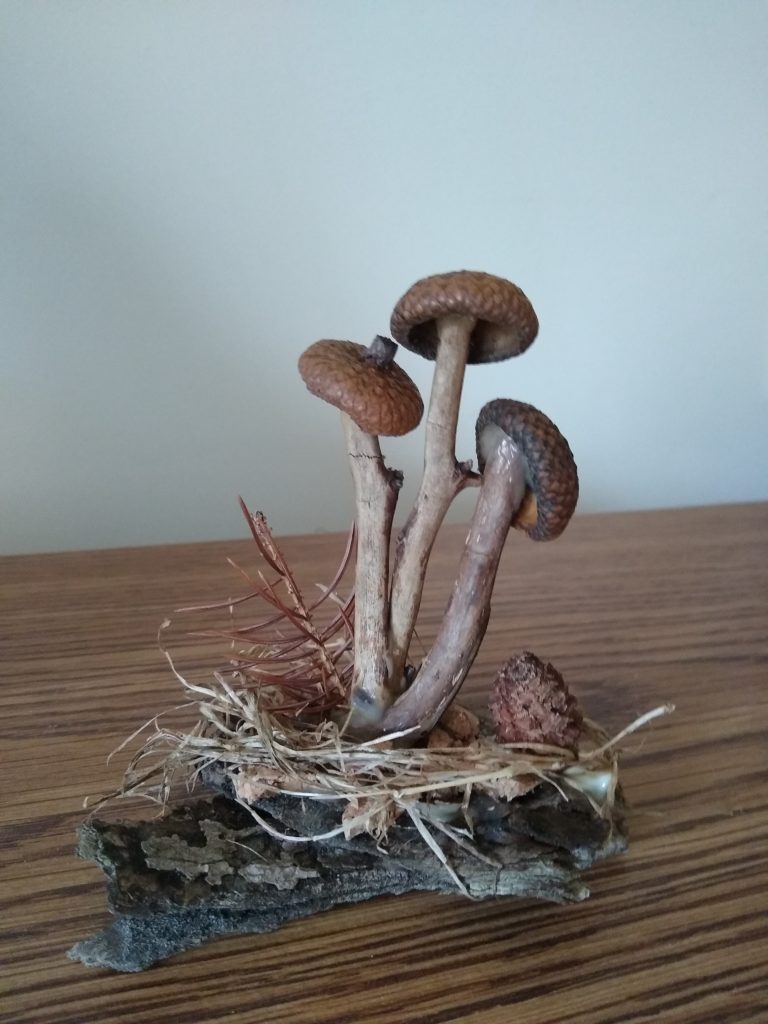Melissa Foster is Program and Outreach Director at North York Arts. She did the Community Arts Practice stand-alone program in 2013, after a B.A. in theatre.
[The community arts practice program has become the Environmental Arts & Justice program at the Faculty of Environmental and Urban Change.]
Where do you work and what do you do?
I work at North York Arts as the Program and Outreach Director. I oversee programming at North York Arts, which is a “local area service organization” (LASO) for the arts. NYA is a charitable organization that works closely with the city, artists, community organizations, residents and other stakeholders, to address strategic priorities in neighbourhood improvement areas, underserved areas of the city with large numbers of seniors, newcomers.
There are six such organizations in Toronto, all mandated to serve catchment areas – the pre-amalgamation cities that became metropolitan Toronto. The six of us LASOs are outside the downtown core, and it is really good that we have this. For a long time, the arts community was focused on Toronto and the suburbs didn’t have nearly as much, but now there are things happening in every neighbourhood, in all of Toronto, and our organizations are trying to support that. So we help support artists, we help develop artists, and we support community arts programs.
A typical day at my job would be mainly working on programming, but there are four core staff so because it’s a small organization, the job is whatever needs to get done. Writing grants, strategic planning, equity training, internal development, program design and execution. A lot of meetings, a lot of emails. These days it is a lot of trying to maintain community connection with the pandemic, move arts programs into the digital realm, trying to do community arts online.
Tell us your work journey after the degree: what went well? What was challenging?
After my undergraduate degree in theatre, I was working in social services, including running arts programs in shelters, when I decided to go into the Community Arts Program (now Environmental Arts & Justice). I was in the same cohort as Charmaine Lurch and John Caffery. After that, I actually went back to school again for Arts Management, to study program development and program management, and did an internship with North York Arts and have been there since.
How did you use what you learned? When did you feel like “I wish that they had taught me about this in university!”
I use what I learned in the community arts program every day. For me, it was really important to understand systemic racism, where I sit in that conversation as a white settler of a European background. I think I gained a really solid understanding of what that means, an understanding that continues to evolve, change, and I constantly go back to those learnings. It was also a holistic way of looking at the arts – social services, housing, and food are all basic necessities, but arts also feeds the soul. And the community arts program you learn to think of the arts as a process, not just a product, but as process-driven.
What I wish I’d learned? In my job today I do a lot of budgeting, operations, business operations. Even if you work in a nonprofit or a charity you need business skills, so I had to catch up a lot on the administrative side.
Thinking back to when you were in high school, what made you want to get into this? How does what you are doing match, and differ, from what you thought?
In high school, I thought that working in the arts would mean being an actor or a visual artist, and I did well in those things. But after developing those skills, I wished I could start over as a park ranger! I didn’t know that being a park ranger was even a job! That I think is what is so cool about an environmental degree.
I never thought I would work in an office, but as I traveled along my path I found that my experience lent itself to working in program design and development. I would never have pictured myself here back then.
Any other advice for people thinking of an undergrad environmental degree?
The environment is not just parks and forests! I think an environmental degree is a good place to start if you’re unsure of where you want to go, and sometimes I wish it had been suggested to me. If you have lots of interests and don’t know what you want to do for a job, you can take an eclectic mix of courses. The community arts program opened my eyes to the vastness of what is encompassed in the study of the environment. You can specialize after.


